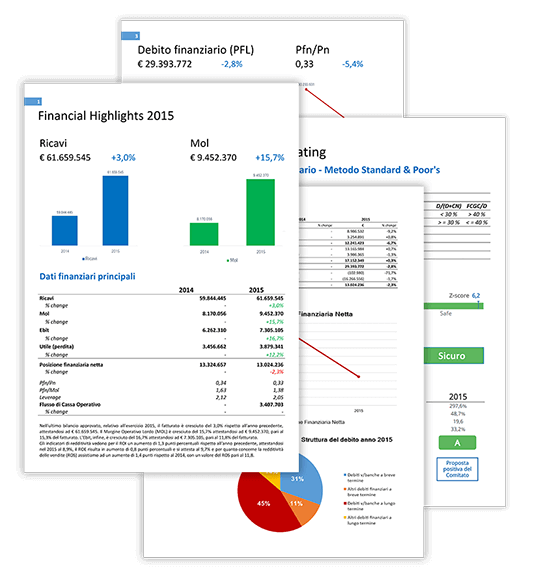
In the digital age, the creation of fake virtual bank accounts, including the ability to create fake online bank account, has emerged as a clandestine practice that casts a disconcerting shadow over the financial landscape. This article ventures into the depths of this issue, unraveling the intricate processes, consequences, and the unsettling reality that surrounds it.
The Genesis of Fraudulent Virtual Bank Accounts
Behind the allure of ease and convenience, cybercriminals devise a variety of methods to generate fake virtual bank accounts, including fake online bank accounts. From exploiting security vulnerabilities to utilizing stolen personal information, these culprits engineer a mirage of legitimacy to facilitate their deceptive activities.
Implications for Financial Institutions
The ripple effects of these fake virtual bank accounts, including fake online bank accounts, reverberate across financial institutions. The surge in fraudulent transactions not only erodes trust among customers but also strains the resources of banks as they grapple to differentiate genuine accounts from the fabricated ones.
Read it: Edit My Bank Statement
The Cat-and-Mouse Game of Detection
Financial institutions are engaged in a constant battle to detect and prevent these forged accounts from wreaking havoc. Utilizing sophisticated algorithms and AI-driven anomaly detection, banks strive to stay one step ahead of cybercriminals, including those attempting to create fake online bank accounts. However, the perpetrators continuously adapt, making it a relentless cat-and-mouse chase.
The Digital Laundering Nexus
Fake virtual bank accounts have become an integral component of money laundering operations, including those involving fake online bank accounts. The opacity of the virtual realm makes it an ideal platform for criminals to layer their ill-gotten gains through a maze of transactions, rendering the funds nearly untraceable.
Charting a Countermeasure Course
| Countermeasures | Description |
|---|---|
| Biometric Verification | Implementing biometric authentication adds an extra layer of security, making it arduous for fraudsters to impersonate account holders. |
| KYC Protocols | Stringent Know Your Customer (KYC) protocols ensure that only legitimate individuals gain access to banking services. |
| Blockchain Integration | Integrating blockchain technology can establish an immutable record of transactions, minimizing the chances of tampering. |
The Human Element: Social Engineering
Criminals often exploit the human element through social engineering tactics. By preying on individuals’ trust or desperation, they manipulate victims into unknowingly participating in the creation and operation of these fake accounts.
Virtual Accounts vs. Cryptocurrencies
| Virtual Bank Accounts | Cryptocurrencies |
|---|---|
| Operate within the existing financial system | Exist outside traditional banking structures |
| Reliant on banking institutions’ security | Leverage decentralized blockchain technology |
| Subject to regulatory oversight | Operate in a relatively unregulated landscape |
Escaping the Rabbit Hole: Unraveling the Complexity
Peeling back the layers of complexity surrounding fake virtual bank accounts, includingcreate fake online bank account, requires collective action. Regulators, law enforcement agencies, and financial institutions must collaborate to formulate comprehensive strategies that deter cybercriminals and protect the financial ecosystem.
Read it: How to Access Your Free Bank Statements: Top Methods Unveiled
Conclusion
The ominous world of generating counterfeit virtual bank accounts, including fake online bank accounts, remains an unsettling reality that requires immediate attention. The intertwining threads of technology, deception, and financial manipulation underscore the urgency for robust countermeasures. Only through vigilant cooperation can we hope to dispel this shadow and safeguard the integrity of the digital financial landscape.
FAQs
1. How do cybercriminals obtain the necessary information for creating fake virtual bank accounts, including fake online bank accounts?
Cybercriminals often gather personal information from data breaches, phishing scams, or even through the dark web, piecing together the puzzle required to fabricate these accounts.
2. Are virtual bank accounts, including fake online bank accounts, more susceptible to hacking than traditional accounts?
While both have vulnerabilities, virtual bank accounts’ reliance on digital platforms might make them more exposed to hacking attempts if not fortified with robust cybersecurity measures.
3. Can AI and machine learning effectively combat the creation of fake virtual bank accounts, including create fake online bank account?
Indeed, AI and machine learning are vital tools for financial institutions to detect patterns indicative of fraudulent activities, helping them thwart the creation and operation of fake accounts.
4. What role does customer education play in mitigating the risks associated with fake virtual bank accounts, including fake online bank accounts?
Customer education is crucial. By understanding common tactics used by cybercriminals, individuals can adopt precautionary measures to safeguard their personal information and financial well-being.
5. How can blockchain disrupt the generation of fake virtual bank accounts, including fake online bank accounts?
Blockchain’s transparent and immutable ledger system can enhance security by providing a tamper-proof record of transactions, making it significantly harder for criminals to manipulate or create fake accounts.



